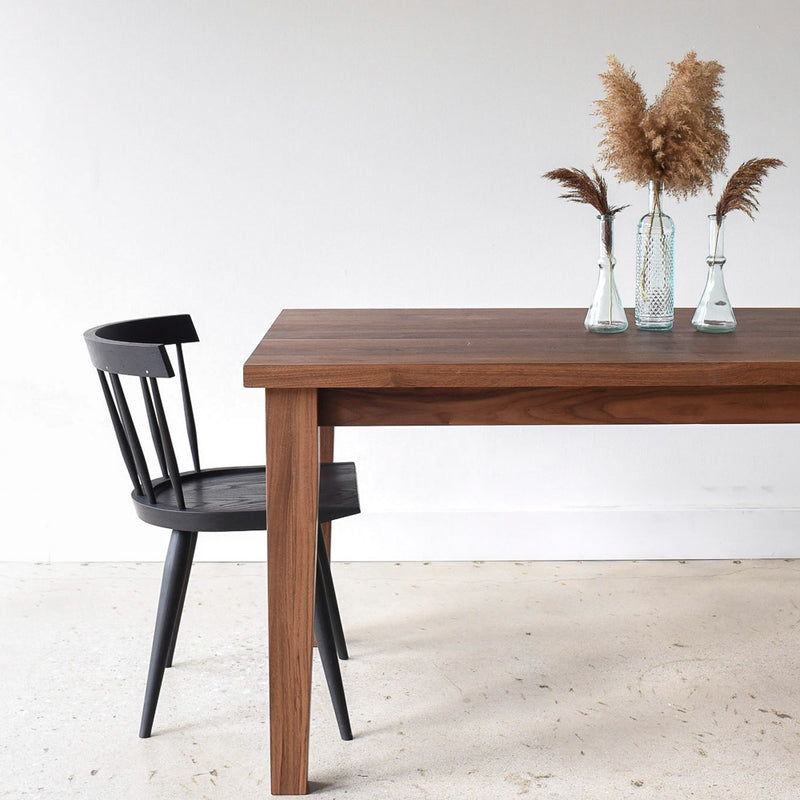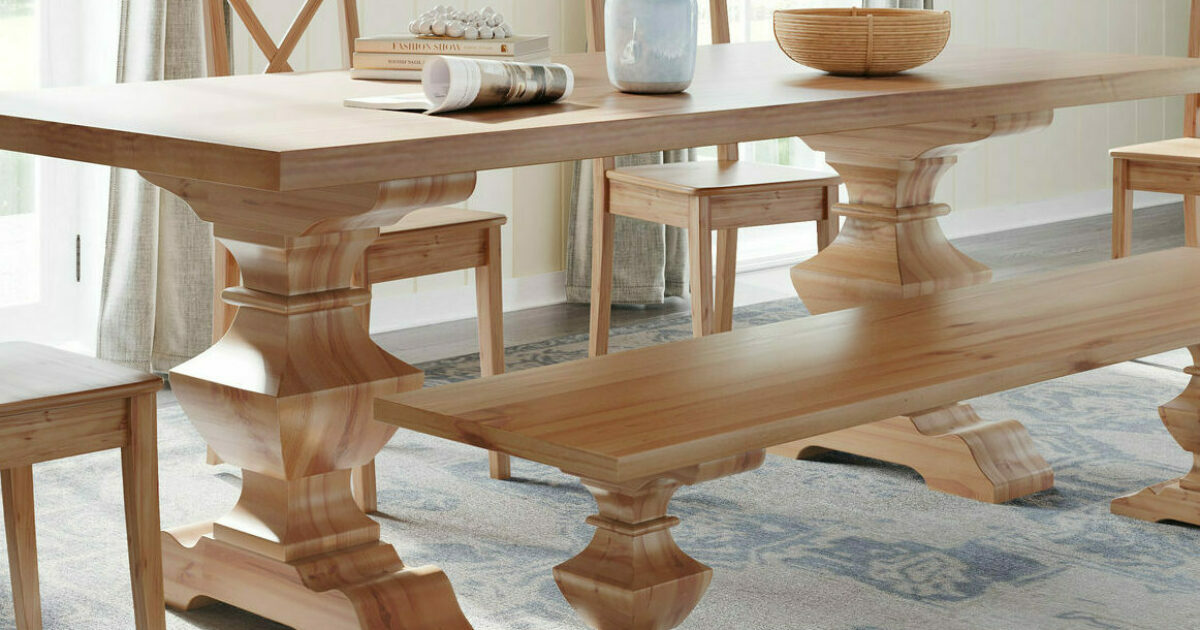Long lasting Craftsmanship in Every Item of Dining Table Legs Wood Available
Long lasting Craftsmanship in Every Item of Dining Table Legs Wood Available
Blog Article
Checking Out the Different Sorts Of Dining Table Legs Wood for Your Dining Space
The selection of table legs wood can greatly influence both the aesthetic and useful qualities of your eating area. Solid timber options, such as oak and walnut, provide a traditional look with unrivaled longevity, while engineered timber alternatives supply ingenious designs that simulate the richness of natural grains. Additionally, the expanding trend of recovered wood presents a lasting aspect that charms to ecologically mindful customers. As we check out these numerous choices, it ends up being important to take into consideration not only the aesthetic appeal however also the functional implications of each material selection. What variables should assist your choice?
Solid Wood Options

Furthermore, strong wood is renowned for its stamina and long life. Unlike engineered products, solid wood is less susceptible to bending and damages over time when effectively maintained. This makes it a suitable selection for households or those that regularly organize gatherings. Each piece of solid wood is unique, showcasing private attributes that include in the appeal and personality of the eating table.
In addition, strong timber can be ended up in various means, varying from all-natural oils to discolored surfaces, enabling house owners to customize their furnishings to match their style. In recap, choosing strong timber for dining table legs not only makes certain architectural stability however also enhances the aesthetic charm of the dining area, making it a worthwhile investment for any kind of home.
Engineered Wood Alternatives

Plywood, built from multiple layers of timber veneer, is specifically strong and stable, making it an exceptional option for dining table legs. Its split structure allows it to endure changes in moisture and temperature better than typical strong timber. MDF, on the other hand, offers a smooth surface area for painting or veneering, making it possible for designers to achieve a sleek appearance while preserving structural integrity.
Particleboard, often made use of in affordable options, gives good toughness and is light-weight, making it much easier to handle. It may not be as sturdy as plywood or MDF. It is important to think about the intended usage and wanted aesthetic when choosing crafted wood options. These products not just improve the performance of eating spaces but likewise enable for greater style adaptability, ensuring that contemporary and typical designs can coexist harmoniously.
Reclaimed Wood Features
Redeemed timber offers an one-of-a-kind blend of sustainability and character, making it an increasingly popular option for dining table legs. Sourced from old barns, factories, and other frameworks, redeemed timber symbolizes a history that brand-new materials just can not duplicate. Each piece carries its own story, marked by distinct blemishes, knots, and varying grain patterns, which add to a table's unique visual allure.
Along with its aesthetic appeal, redeemed wood is an ecologically friendly option. By repurposing formerly made use of products, it minimizes the demand for brand-new lumber, therefore aiding to minimize and preserve woodlands waste. This aligns with an expanding consumer choice for sustainable practices in furniture.
Furthermore, redeemed timber is commonly much more sturdy than recently collected timber as a result of its age. The natural drying procedure that reclaimed timber undertakes cause a denser and stronger material, making it less at risk to warping and splitting. This boosts the durability of dining tables, enabling them to endure the rigors of daily usage.
Softwood vs. Hardwood
When choosing eating table legs, recognizing the distinctions in between softwood and wood is essential for accomplishing both practical and aesthetic objectives. They typically show an even more rustic appearance, making them appropriate for country-style or informal dining spaces.
On the other hand, woods, sourced from deciduous trees like cherry, maple, and oak, are renowned for their density, strength, and resilience. The intricate grain patterns and rich hues of woods give a classic and sophisticated charm, making them Check This Out optimal for formal eating setups. While hardwoods tend to be more pricey and larger, their strength versus deterioration often justifies the financial investment.
Eventually, the option between softwood and wood for dining table legs ought to align with your layout vision, use requirements, and budget plan, guaranteeing that your dining area shows your personal design while remaining functional with time.

Surfaces and Therapies
The aesthetic charm and durability of table legs can be dramatically enhanced through different coatings and therapies. These processes not only shield the wood from damages yet additionally boost its look, allowing it to complement diverse interior styles.
One common therapy is tarnishing, which penetrates the wood and enhances its all-natural grain while adding color. Discolorations provide an abundant, sophisticated look, enabling property owners here to match their furniture with existing design. On the other hand, clear finishes such as polyurethane or varnish develop a safety layer without changing the wood's initial shade, guaranteeing sturdiness against wear and tear.
Additionally, all-natural oils, like tung or linseed oil, nourish the timber and supply a refined sheen, all while being eco-friendly. These oils permit the surface area to breathe, preventing dampness build-up and he has a good point prospective bending.
For those seeking a rustic charm, weather-beaten or troubled surfaces can be used to produce an aged appearance, including character to the item. Inevitably, the choice of coatings and treatments depends on individual choice, desired aesthetics, and the certain timber type, making it important to consider these factors when selecting eating table legs for your space.
Final Thought
Strong timbers, crafted choices, and redeemed options each offer distinctive advantages, catering to various preferences and needs. Inevitably, the selection of timber kind should line up with preferred style, toughness, and environmental considerations, enhancing the overall eating experience.
The choice of eating table legs timber can profoundly affect both the aesthetic and practical top qualities of your eating area - Dining Table Legs Wood. Strong timber alternatives, such as oak and walnut, give a timeless look with unrivaled resilience, while engineered timber options use ingenious designs that simulate the splendor of natural grains. Strong wood provides a timeless quality that can elevate the overall layout of an eating room. Each piece of strong wood is unique, showcasing specific features that include to the charm and character of the dining table
In addition, recovered timber is often more sturdy than newly collected wood due to its age.
Report this page